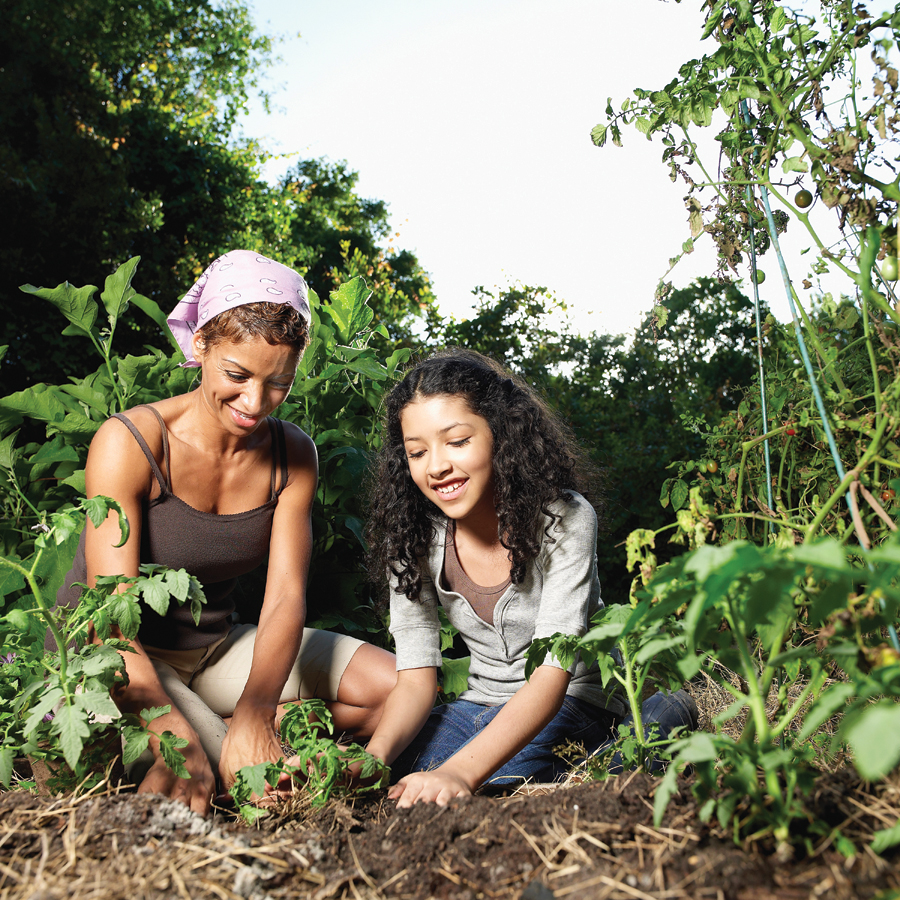290
| MIDDLE CHILDHOOD: |
| Psychosocial Development |

|

|
CHAPTER OUTLINE
The Nature of the Child
Industry and Inferiority Self-
Resilience and Stress
Families and Children
Shared and Non-
Family Structure and Family Function
Connecting Family Structure and Function
Family Challenges
OPPOSING PERSPECTIVES: Divorce for the Sake of the Children
The Peer Group
The Culture of Children
Bullying
Children’s Moral Values
Moral Reasoning
A VIEW FROM SCIENCE: Developing Moral Values
What Children Value
291
WHAT WILL YOU KNOW?
- Why do children collect worthless things, like pebbles or unusable stamps?
- Do children always suffer if their parents divorce?
- Why are friends (more than teachers or parents) the best defence against bullies?
- Is it morally right for a child to lie to protect another child who has done something wrong?
A student of mine drove to a gas station to get a flat tire fixed. She wrote:
As I pulled up, I saw a very small boy sitting at the garage door. I imagined him to be about 8 or 9 years old, and wondered why he was sitting there by himself. He directed me to park, and summoned a man who looked at my tire and spoke to the boy in a language I did not understand. This little boy then lifted my car with a jack, removed all the bolts, and fixed the flat. I was in shock. When I paid the man (who was his father), I asked how long his son had been doing this. He said about three years. 
[adapted from Tiffany, personal communication, March 15, 2008] —Kathleen Berger
Adults like Tiffany are often shocked to learn that many of the world’s children are forced to work, in spite of the United Nations’ declaration that children have the right
to be protected from economic exploitation and from performing any work that is likely to be hazardous or to interfere with the child’s education, or to be harmful to the child’s health or physical, mental, spiritual, moral, or social development. 
[Convention on the Rights of the Child]
The International Labour Organization (ILO) of the United Nations estimated that this right was violated for 153 million 5-
292
Changing tires is not considered hazardous, but did it “interfere with the child’s education” or harm him? The answer is not obvious. With almost every aspect of middle childhood, specific details are crucial.
ALL CHILDREN NEED FRIENDS, FAMILIES, AND SKILLS, but specifics matter: Some peers are destructive, some families are dysfunctional, and some skills should not be learned. This chapter describes issues that affect children’s physical, mental, spiritual, moral, and social development. You will learn that child labour, peer culture, bullying, single-